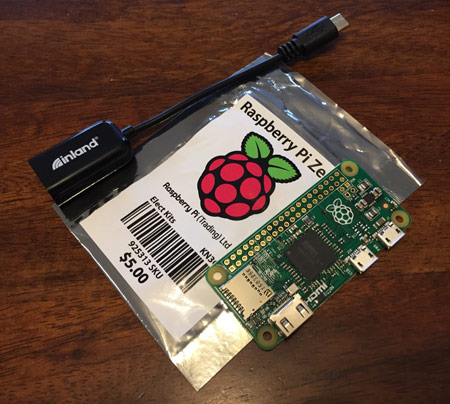Raspberry Pi Zero - Conserve power and reduce draw to 80mA
Update 2015-12-01: I bought a PowerJive USB power meter and re-tested everything, and came up with ~80 mA instead of the ~30 mA reported by the Charger Doctor that I was using prior. This seems to be more in line with the results others were measuring with much more expensive/accurate meters in the Raspberry Pi forums: Raspberry Pi Zero power consumption. I've updated the numbers in the post below to reflect this change. Seems the Pi Zero is only incrementally better than the A+—still excellent news, but not nearly as amazing as I originally thought :(
Update 2021-10-28: With the new Pi Zero 2 W, you can also disable some of the CPU cores to reduce power consumption for a heavily-utilized Pi if it doesn't need all the CPU cores running.
